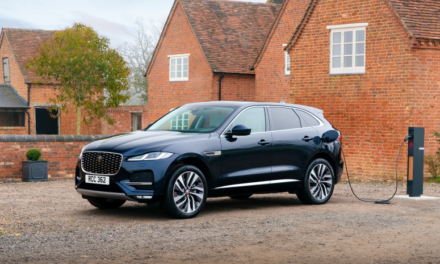By Pedro Kutney | 5/16/23 | Translated by Jorge Meditsch
The announcement of “good news for the industry” on May 25, promised this week by Geraldo Alckmin, Brazilian vice president and minister of Development, with measures favoring especially the automotive sector may frustrate expectations of robust growth of the automotive market.
There are too many players for such a little market, vehicles and credit are too expensive, and there is little margin of maneuver for heat up sales already stagnated for three years in no more than two million vehicles per year. And nothing better than this is expected for 2023.
It is too low for an industry that can produce more than twice the size of its market, about 4.5 million vehicles a year, in more than 40 automobile, light commercial vehicles, trucks, buses, engines and components plants. Not taking importers into account. Exports, standing from 300 thousand to 400 thousand units a year, are also insufficient to fill the big empty spaces in the assembly lines.
Maintaining such an industrial structure in the country is becoming increasingly difficult. The low-income Brazilian market became small for the size of the automotive industry. It represents about 2% of the global vehicle sales and, maintaining the current pace, can fall even more and lose plants – as already happened with Ford.
So, what can the government do? No more than ever did: reduce taxes, encourage credit for vehicle purchase and, as some are talking about in manufacturer’s corridors and some government circles, recreate the not-so-nostalgic figure of the popular car – that for too unpopular for its low-quality level is being called by the few manufacturers that insist in produce it “entry car”, or “green entry car”, to paint the product with the ecologic ESG varnish.
Brazil already produces some of the world’s worst, more expensive cars when prices are compared to the offered level of finishing, technology, safety and energy efficiency. A forced price reduction can make worst what is already bad and be costly to the technological evolution, even slow, national cars are gaining over the last few years.
It must be careful with what will be done to avoid the creation of another automotive “jabuticaba”, disconnecting the country even more from the rest of the world.
Little to do
Differently from other historical inflection points of the Brazilian automotive industry, such as in the 1990s, when very expensive and very bad cars dominated the scenario, or in the 2008 global financial crisis, when the market collapsed, this time the government can help little. There is not much fat to burn in taxes and credit.
There are no longer many federal taxes to lower: the most important, the IPI, was already reduced last year, and this did not even scratch vehicle prices.
Encourage credit concession would be more effective to reheat sales than tax cuts, but who can approve or get financing with taxes reaching almost 30% a year?
Even if federal taxes and manufacturer’s profit on the market’s cheaper cars were reduced, lowering to about R$ 60 thousand the entry price of the desired brand-new car, those who possibly would buy this kind of vehicle would still need – and much – financing to close the deal. And which banks would agree to lend to low-income people with a high risk of default?
Credit is the problem
In the current scenario where from 60% to 70% of sales are cash – for lack of financing – according to Fenabrave, of ten car financing applications, the banks deny from three to four. The number is inverse in motorcycle sales, mostly for low-income consumers: only three or four applications in ten are approved.
Due to its public, the entry car will face an even more restrictive credit scenario than expensive models bought by people offering more warranties.
There are talks about using the FGTS as a warranty against default, but this measure seems inefficient in unlocking credit. Unemployment keeps high in the country, and there are even fewer formally employed consumers. Therefore, the number of people that can count on resources from the time-of-service guarantee fund is reduced.
It could be more effective the approval of the proposal stuck in the Senate to liberate banks to retake the default’s cars without filing a suit. The process would be simplified, increasing the quality of the warranty to the financial agent.
Even though it is not certain that the banks would reduce lending costs – especially while the policy of the Central Bank independent from the government and vassal of the market keeps the basic Selic rate at 13.75% a year, with frequent threats to increase it even more.
It will be difficult for the government, although necessary, to untie so many knots that hinder the country and industry development, but the adoption of an industrial policy seems absolutely necessary for any nation wanting to ensure its technological and social development. In this sense, the announcements expected for May 25, even if they do not carry enough solutions, can be a good start.
Pedro Kutney is a journalist specializing in economy, finances and the automotive industry. He signs the column Observatório Automotivo, specializes in the automotive sector, and works as editor of AutoData magazine. With more than 35 years of profession, he was editor of the Automotive Business portal, Automotive News Brasil and Agência AutoData. He was also Finance assistant editor at Valor Econômico and reporter and writer of magazines Automóvel & Requinte, Quatro Rodas and Náutica.
Photography: Pixabay
- Alta nas vendas desafia juro alto, por enquanto - 7 de abril de 2025
- Tesla vive inferno astral de Musk - 25 de março de 2025
- BYD captura crescimento do mercado - 10 de março de 2025










